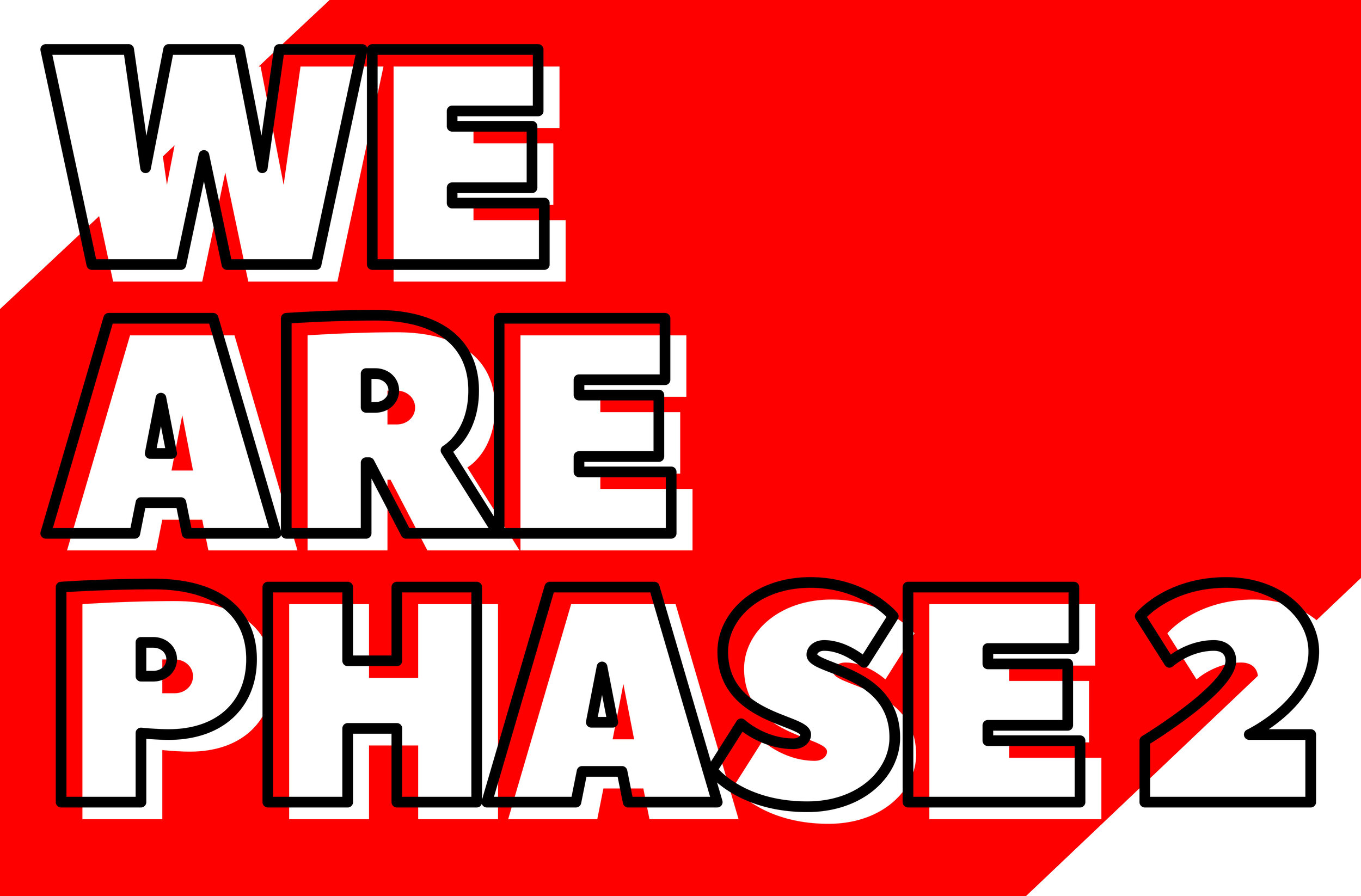What does CES 2019 mean for marketing?
Last week, I ventured into the future technology playground of #CES2019. Now that I’m starting to recover from the whirlwind trip, I am starting to understand what I learned and experienced from the event and how it could apply to marketers and our clients in 2019.
So, in no particular order, here are some of my key takeaways from walking the show floors:
Bendable Screens Are Cool: Big or small. Preferably very thin. Video screens can now twist and turn in what feels like any direction. This opens up the possibilities for marketers to use video screens in new ways and new advanced products to be developed using flexible screens. Experiential marketers will be able to compare the benefits of projection mapping vs a bending screen. Coolest Examples: Royole’s flexible screen, LG huge video installation
AR Glasses Market is Crowded: 2018 marked the launch of mobile AR. Worldwide technology manufacturers are betting on AR glasses to be the next step in that evolution. As I walked the Las Vegas Convention Center (LVCC) South Hall, the countless AR glasses sales pitches started blending together. Most companies whispered out of the sides of their mouth that they were better quality that Hololens and showcased 2D video in HD quality (although is HD that you can see through really HD?). The companies that showcased 3D interactive graphics without unique gestures were the ones that spoke to me personally. Standouts in the crowd: nreal’s demo glasses, start-up LetinAR
Holograms are Showstoppers: Hypervsn and Hologruf demonstrated their 3D holograms in high traffic areas of the LVCC show floor. These holograms projected off of what looked like high speed fans stopped people in the hall in their tracks - which is what a great marketing platform should do. It will be exciting to see what 2019 offers in the evolution of holograms and what brands can do when they venture into the holographic universe.
Gaze Activation is Underrated. Often people within the VR industry debate around which handset and hand gesture is better. I’ve always thought that gaze activation is a simpler, more intuitive solution for marketing experiences. It looks like gaze activation is finally starting to be further adopted within VR/AR. A couple interesting tech companies focused on gaze activation that were at CES: Tobii and Viewpointsystem.
Google Marketing Owned CES. From a Marketing standpoint, Google had the largest-scale activation at CES with a roller-coaster(!), huge outdoor ads, and street teams across the venue and in booths. It was a campaign that felt like they were bringing a little bit of fun to the event. A close second, Amazon and Amazon Web Services. They had a Big Alexa room and banners. Apple wasn’t one to take it without a fight; Apple put up an ad 13 stories high across from the LVCC. From an buzz standpoint within the XR industry, LG’s video installation and Whirlpool’s AR won out.
People in Glass Boxes get on TV. Ok, this point is a joke. During CES I was asked by Bob Fine of VR Voice to do a series of interviews at his Vuze by Human Eyes booth. A cable news videographer used a shot of my interview with Alan Smithson as some b-roll for their show.
But, my biggest takeaways of the week for me was that XR isn’t just “Tech.” As I moved outside of the AR/VR/MR designated areas during the show, I was happy to find VR demos across product categories. VR was being used as a way to engage potential clients in larger booth activations. But even more exciting to me was finding AR wholly integrated within innovative products serving the consumer benefit first. Technology for technology’s sake doesn’t resonate with most consumers. Whirlpool AR Oven, CareOS mirror, and WayRay’s navigation system bring new AR dimensions to add useful, thoughtful magic into everyone’s lives. Going forward, it will be fun to see throughout the rest of 2019 and at #CES2020 how XR is used not only in marketing, but in the worlds outside of what is traditionally called “tech.”
